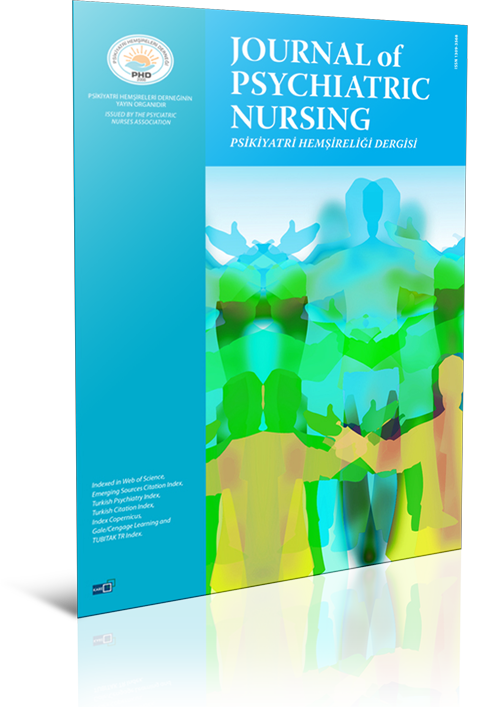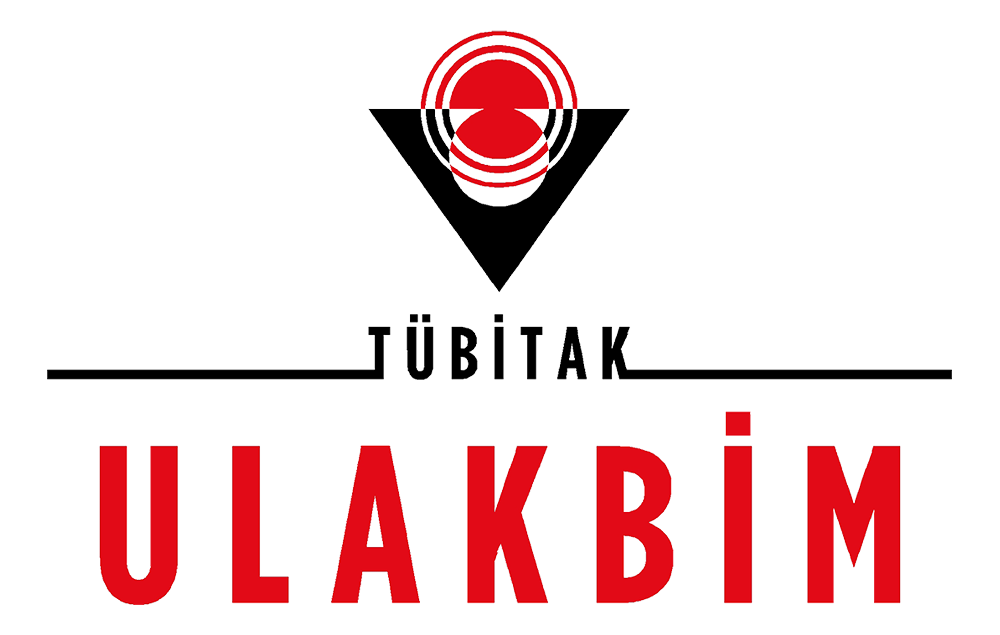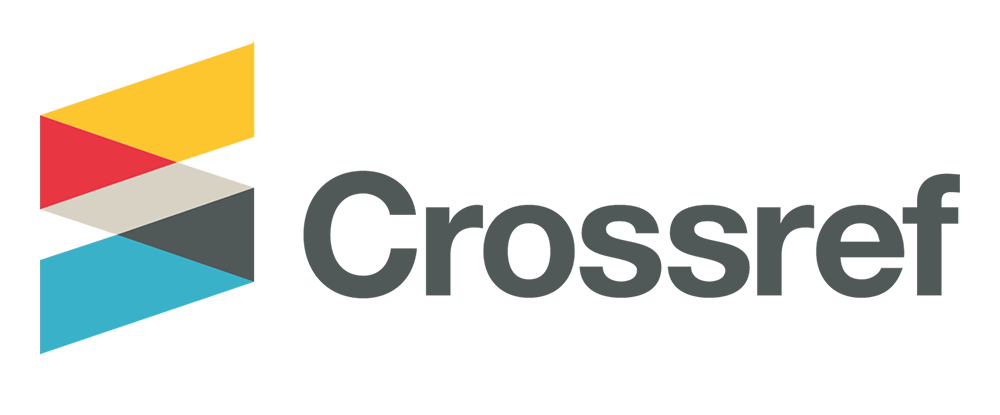
Perceived stress level and methods of coping with stress in patients with chronic itching
Sema Yabaci1, Dilek Efe Arslan2, Nazan Kılıç Akça31Gaziosmanpaşa University Hospital, Tokat, Turkey2Halil Bayraktar H.S.V.S, Erciyes University, Kayseri, Turkey
3Department of Internal Medicine Nursing, Bakırçay University Faculty of Health Sciences, İzmir, Turkey
INTRODUCTION: This study was conducted to evaluate the stress level and coping methods of patients with a chronic itching problem.
METHODS: The research was carried out with patients who presented at the dermatology outpatient clinics of Yozgat Bozok University Research and Application Hospital, Yozgat State Hospital, and Sorgun State Hospital with a chronic itching complaint. The sample consisted of 125 patients. The data were collected using a patient information form, and scores of a visual analogue scale (VAS), the Perceived Stress Scale (PSS), and the Coping Style Scale (CSS).
RESULTS: The mean duration of an itching problem was 27.11±49.74 months and the mean itching severity based on the VAS score was 6.52±2.05. The mean PSS score was 29.71±7.2 (min-max: 14-47), which was greater than the median possible score. Female patients with severe itching (VAS ≥7) had a higher mean PSS score. A passive approach was seen more often in patients who had experienced excessive itching for 4-6 years. Patients who reported itching in the evening used the coping style of seeking social support more than other groups. A weak positive correlation was seen between the PSS score and a passive coping style, and between the PSS score and seeking social support. A weak positive correlation was also found between patient age and an optimistic approach. A weak negative correlation between the duration of itching and a self-confident approach and seeking social support was also recorded. Finally, a weak negative correlation was found between the duration of illness and seeking social support.
DISCUSSION AND CONCLUSION: It was observed that as the stress level of the patients increased, they more often used passive methods to cope with stress. Nursing management of patients with chronic itching and a high stress level should include appropriate methods to increase the use of active coping methods.
Kronik kaşıntılı hastalarda algılanan stres ve stresle baş etme yöntemleri
Sema Yabaci1, Dilek Efe Arslan2, Nazan Kılıç Akça31Gaziosmanpaşa Üniversitesi Hastanesi, Tokat2Erciyes Üniversitesi, Halil Bayraktar S.H.M.Y.O., Kayseri
3Bakırçay Üniversitesi Sağlık Bilimleri Fakültesi, İç Hastalıkları Hemşireliği Anabilim Dalı, İzmir
GİRİŞ ve AMAÇ: Bu çalışma; kronik kaşıntı problemi olan hastalarda stres düzeylerini ve stresle baş etme yöntemlerini değerlendirmek amacıyla yapılmıştır.
YÖNTEM ve GEREÇLER: Araştırma, Yozgat Bozok Üniversitesi Araştırma ve Uygulama Hastanesi, Yozgat Devlet Hastanesi ve Sorgun Devlet Hastanesi'nde yer alan dermatoloji polikliniklerine kaşıntı şikayeti ile başvuran hastalarla gerçekleştirilmiş olup 125 hasta örneklemi oluşturmuştur. Veriler hasta tanıtım formu, Visual Anaolog Skala, Algılanan Stres Ölçeği (ASÖ) ve Stresle Başa Çıkma Tarzları Ölçeği (SBÇTÖ) ile elde edilmiştir.
BULGULAR: Bu çalışmada; hastaların kaşıntı süresi ortalaması 27.11±49.74 (ay) ve kaşıntı şiddeti ortalaması (VAS) 6.52±2.05dir. Hastaların ASÖ puan ortalaması 29.71±7.2 (14-47) olup algılanan stres ortalamanın üzerindedir. Şiddetli kaşıntısı (7 ve üzeri) olan kadın hastaların ASÖ puan ortalamalarının daha yüksek olduğu saptanmıştır (p<0.05). 4-6 yıl süreyle kaşıntı yaşayan hastaların çaresiz yaklaşımı daha çok kullandıkları saptanmıştır (p<0.05). Akşam saatlerinde kaşıntısı olan hastaların sosyal destek aramayı daha fazla kullandıkları saptanmıştır (p<0.05). Hastaların ASÖ ile boyun eğici yaklaşım puanları arasındaki zayıf düzeyde pozitif ilişki (r=0.292, p<0.001) ve ASÖ ile sosyal destek arama arasında ise zayıf düzeyde negatif ilişki (r=-0.182, p<0.05) bulunmuştur. Hastaların yaşı ile iyimser yaklaşım arasında zayıf düzeyde pozitif bir ilişki (r=0.275, p<0.01) bulunmuştur. Kaşıntı süresi ile kendine güvenli yaklaşım (r=-0.177, p<0.05) ve sosyal destek arama arasında (r=-0.216, p<0.05) zayıf düzeyde negatif bir ilişki tespit edilmiştir. Hastalık süresi ile sosyal destek arama (r=-0.224, p<0.05) arasında zayıf düzeyde negatif yönde ilişki saptanmıştır.
TARTIŞMA ve SONUÇ: Hastaların stres düzeyi arttıkça stres ile başa çıkmada pasif baş etme yöntemleri kullandıkları görülmüştür. Kronik kaşıntılı hastanın hemşirelik yönetiminde, hemşire aktif başa çıkma yöntemlerinin kullanımını artırmak için uygun görüşme yöntemlerini kullanmalıdır.
Manuscript Language: Turkish


















